This article was co-authored by Ashley Pritchard, MA and by wikiHow staff writer, Megaera Lorenz, PhD. Ashley Pritchard is an Academic and School Counselor at Delaware Valley Regional High School in Frenchtown, New Jersey. Ashley has over 3 years of high school, college, and career counseling experience. She has an MA in School Counseling with a specialization in Mental Health from Caldwell University and is certified as an Independent Education Consultant through the University of California, Irvine.
There are 12 references cited in this article, which can be found at the bottom of the page.
This article has been viewed 41,797 times.
Packing your own school bag can be exciting and fun, but you might also be a little bit unsure about where to start. Get organized by sorting out your supplies, then finding just the right spot in your bag for each of them! A heavy bag can put a lot of strain on your back, so make sure you bring only what you need and organize your stuff in a well-balanced way.
Steps
Backpack Packing List
Essential Supplies
-
1Include your folders, books, pencils, and other school supplies. Ask your teacher or look at your supply list to find out what kinds of school supplies you need to bring with you each day.[1] This might include workbooks, a notebook, folders for carrying your homework and loose papers, and any textbooks you’ll be using that day.[2] You might also need things like:
- Pencils, pens, and erasers
- A calculator
- A tablet or other electronic devices you use at home and school, and any chargers that go with them
-
2Pack some water and snacks to fuel you during the day. Whether or not you bring your own lunch, it’s a good idea to bring extra snacks in case you get hungry before or after lunchtime. If your school allows it, pack a zip-top bag or a small plastic container with some healthy snacks, like cut-up fruit, carrot sticks, or crackers.[3] Put some water in a lightweight, spill-proof bottle or thermos so you can take a sip when you get thirsty.[4]
- Pick a reusable water bottle that you can refill easily from a water fountain at school. Not only will you waste less plastic, but you’ll never have to worry about running out of water![5]
- If you bring your own lunch, pack it in an insulated lunchbox that won’t leak inside your bag.
Advertisement -
3Grab any personal items you might need, like your keys or spare change. Think about all the little personal items you need to use during the day, and make sure you pack those as well![6] A few things you might want to pack are:[7]
- House keys
- Phone (and charger)
- School ID
- Wallet or change pouch
- Brush or comb
- Period supplies, like pads or tampons, if you might get your period at school
-
4Put a sweater or jacket in your bag in case it gets chilly. You never know when you might get cold during the day. Pack a light sweater, jacket, or hoodie that you can easily roll up and fit in your backpack. You might also pack a pair of gym shoes, although you can probably leave them at school most of the time.
- If you’re worried about getting your period by surprise, pack a change of underwear and some pants you can easily fit into your bag, like some light leggings. That way, you can change in case you have a leak.
-
5Protect yourself by packing masks and hand sanitizer. If you’re going to school during the coronavirus pandemic, you might need to pack a couple of extra supplies to stay safe and healthy. Put at least 2 masks in your bag, and pack a small bottle of hand sanitizer in case the hand cleaning stations at your school run out.[8]
- Keep your masks inside a paper bag inside your backpack to keep them from getting lost or dirty. Put a label on the bag and write your name on it so it doesn’t get mixed up with anyone else’s stuff when you take it out.
Organization
-
1Use a backpack with lots of compartments to keep your stuff organized. A bag with lots of compartments will help keep the weight more balanced, so it doesn’t hurt your back and shoulders. Plus, it’ll be easier to find your stuff when you need it![9] Look for a bag with at least 2 big main compartments, plus smaller pockets for items that might get easily buried or crushed.
- A lot of backpacks have side compartments that are great for carrying water bottles or thermoses.
- You can use smaller pockets for carrying stuff like chargers, pencil cases, and little odds and ends like Chapstick or change for the vending machine.
-
2Keep little items in smaller containers so they don’t get lost. Don’t just let your pencils and spare change roll around loose in your backpack. Instead, put little items in smaller bags or cases so you can keep them all together. For example, you can:[10]
- Put pens, pencils, markers, erasers, and other writing stuff in a pencil case or pouch.
- Keep your spare change, lunch card, and school ID in a wallet or change purse.
- Put your hand sanitizer, tissues, and hairbrush in a zipper pouch.
- Organize loose papers into folders by subject.
-
3Arrange your stuff into related groups, like writing supplies and electronics. Before you pack your bag, sort out all your stuff. If you keep related items together, you’ll have an easier time finding them in your bag! For example:[11]
- Put writing supplies like pens, pencils, erasers, and highlighters together.
- If you have different classes, keep your books and folders for those classes together.
- Bundle your chargers, headphones, and other electronic accessories together in one group.
- Decide which compartment on your backpack will hold which types of items so you won’t have to guess when you’re looking for them! For example, you might put your pencils and other writing stuff in the right side compartment, and your chargers on the left.
-
4Put heavier items low and close to your back. If you have a book that weighs a ton, put it in your bag first. Keep it in the main compartment, as close to your back as possible. That way, it won’t hurt your back or throw you off balance.[12]
- Putting heavy items in first will also help prevent smaller and more fragile things from getting buried or crushed.
-
5Place smaller and lighter items in the smaller compartments. To help balance the load and prevent little or fragile things from getting squashed, put your smaller items into different compartments.[13] For example, you could:
- Put your folders in the outer back pocket.
- Keep your water bottle in one of the side compartments.
- Place pencils or other writing supplies in a smaller pocket.
- Keep really fragile items, like your cell phone, in inside pockets higher up in the bag. That way, they’re less likely to get crushed.
-
6Use soft items to pad fragile things. You can protect smaller items or keep them from shifting around by packing softer items around or on top of them. For example, pad your tablet by packing your sweater or hoodie between it and other items in the same compartment.
- Some backpacks also have straps, loops, or mesh pockets inside that can help hold small items in place.
-
7Pack only what you really need to keep your bag light. Take a look at your schedule each day and make sure you’re not making things harder on yourself by carrying extra stuff. If there’s a book you don’t really need on a particular day, don’t bring it! Not going to gym today? Leave your sneakers at home.[14]
- If you have a locker or cubby at school, leave stuff in there that you don’t have to bring home every day. For example, you could keep your gym shoes in there.
- You can also unload your heavy books and put them in your locker as soon as you get to school.
-
8Make sure the load is no more than 10% of your weight. No matter how carefully you balance all that stuff, a backpack that’s just too heavy can still hurt your back. Once you pack your bag, weigh it on a scale or ask an adult to help you. If it weighs more than about 10% of what you weigh, take some stuff out and check again.[15]
- To find 10% of your weight, multiply how much you weigh by 0.1. For example, if you weigh 95 pounds (43 kg), 10% of that would be 9.5 pounds (4.3 kg).
- If you absolutely have to bring a super heavy load of stuff to school, get a backpack with wheels so that you can pull it behind you instead of wearing it!
Expert Q&A
-
QuestionDo I need to pack a full bag for the first day of school?
 Ashley Pritchard, MAAshley Pritchard is an Academic and School Counselor at Delaware Valley Regional High School in Frenchtown, New Jersey. Ashley has over 3 years of high school, college, and career counseling experience. She has an MA in School Counseling with a specialization in Mental Health from Caldwell University and is certified as an Independent Education Consultant through the University of California, Irvine.
Ashley Pritchard, MAAshley Pritchard is an Academic and School Counselor at Delaware Valley Regional High School in Frenchtown, New Jersey. Ashley has over 3 years of high school, college, and career counseling experience. She has an MA in School Counseling with a specialization in Mental Health from Caldwell University and is certified as an Independent Education Consultant through the University of California, Irvine.
School Counselor No, it's unlikely you'll need everything you'll normally need. The first day is usually orientation, so you won't need all of those books and everything.
No, it's unlikely you'll need everything you'll normally need. The first day is usually orientation, so you won't need all of those books and everything. -
QuestionIs it okay to pack tampons?
 Ashley Pritchard, MAAshley Pritchard is an Academic and School Counselor at Delaware Valley Regional High School in Frenchtown, New Jersey. Ashley has over 3 years of high school, college, and career counseling experience. She has an MA in School Counseling with a specialization in Mental Health from Caldwell University and is certified as an Independent Education Consultant through the University of California, Irvine.
Ashley Pritchard, MAAshley Pritchard is an Academic and School Counselor at Delaware Valley Regional High School in Frenchtown, New Jersey. Ashley has over 3 years of high school, college, and career counseling experience. She has an MA in School Counseling with a specialization in Mental Health from Caldwell University and is certified as an Independent Education Consultant through the University of California, Irvine.
School Counselor Absolutely! A lot of girls bring feminine products with them to school. Don't feel bad about putting things you need in your bag!
Absolutely! A lot of girls bring feminine products with them to school. Don't feel bad about putting things you need in your bag!
References
- ↑ https://kidshealth.org/en/teens/backpack.html
- ↑ Ashley Pritchard, MA. School Counselor. Expert Interview. 4 November 2019.
- ↑ https://www.thekitchn.com/school-lunch-ideas-for-every-grade-22932594
- ↑ http://kirk.lwsd.org/uploaded/Kirk_Elementary_school/student_families_file/Back_Pack_Information_for_Parents.pdf
- ↑ https://www.bgcconejo.org/back-to-school-backpack/
- ↑ Ashley Pritchard, MA. School Counselor. Expert Interview. 4 November 2019.
- ↑ https://assets.ctfassets.net/p0qf7j048i0q/17UKSE4YDB4N3Q48vDOHFb/ecca096e15b2eae29f29e3065e901bae/Backpack_Checklist_for_Older_Kids_Understood.pdf
- ↑ https://www.cbc.ca/kidsnews/post/watch-what-to-put-in-your-backpack-COVID-19
- ↑ https://kidshealth.org/en/teens/backpack.html
- ↑ https://www.parents.com/kids/education/elementary-school/essential-back-to-school-supplies-for-pre-k-kindergarten-and-first/
- ↑ https://www.understood.org/en/school-learning/learning-at-home/teaching-organizational-skills/8-tips-for-organizing-your-childs-backpack
- ↑ https://www.nsc.org/home-safety/safety-topics/child-safety/backpacks
- ↑ https://www.nsc.org/home-safety/safety-topics/child-safety/backpacks
- ↑ https://orthoinfo.aaos.org/en/staying-healthy/backpack-safety/
- ↑ https://health.clevelandclinic.org/7-tips-to-a-lighter-safer-school-backpack/
- ↑ https://www.understood.org/en/school-learning/learning-at-home/teaching-organizational-skills/8-tips-for-organizing-your-childs-backpack
- ↑ https://orthoinfo.aaos.org/en/staying-healthy/backpack-safety/
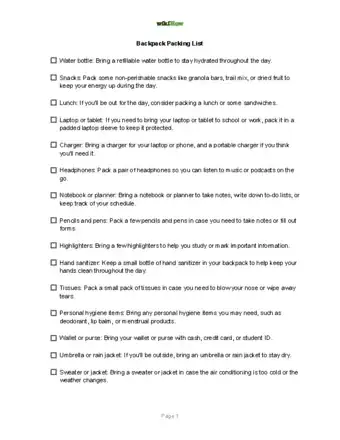
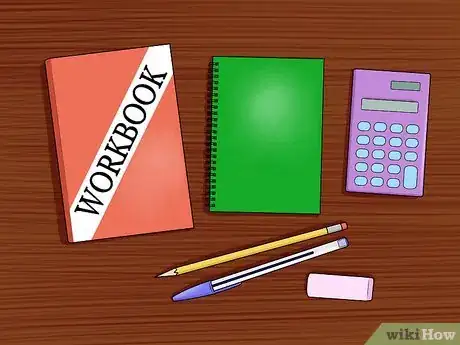

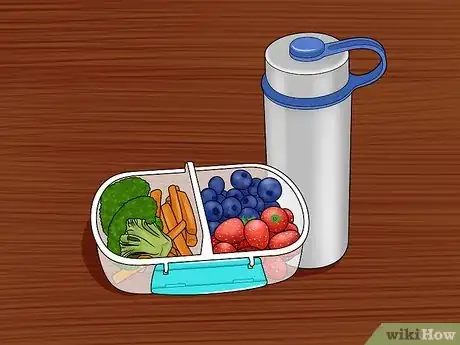
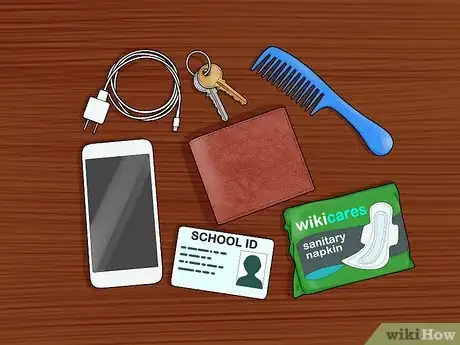

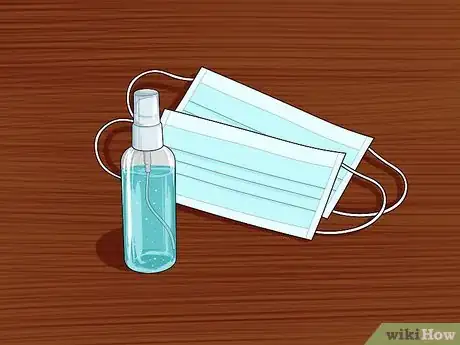
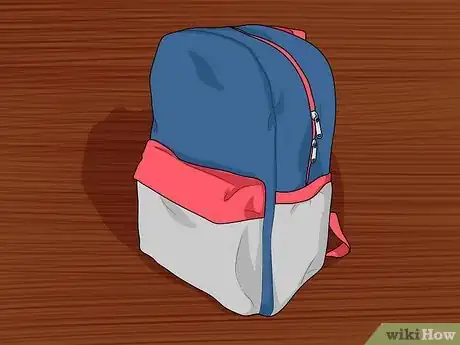
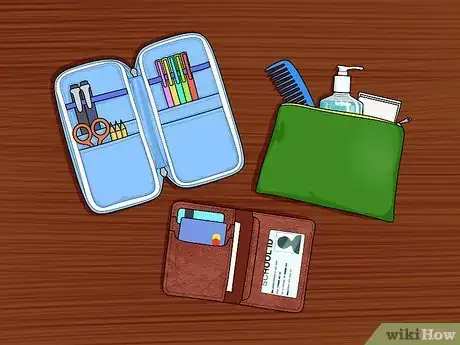
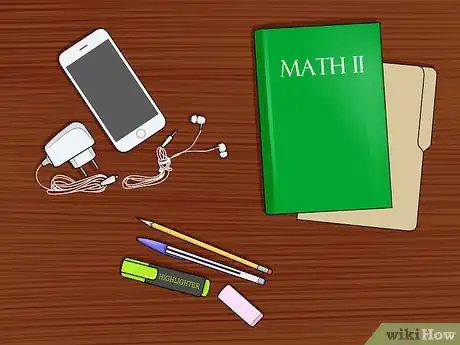
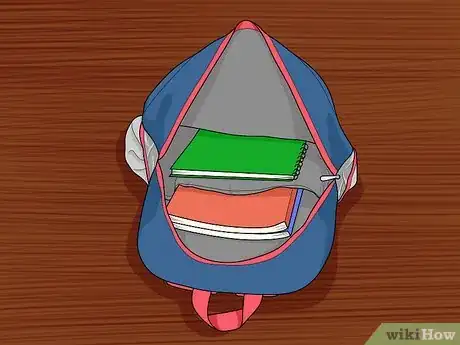
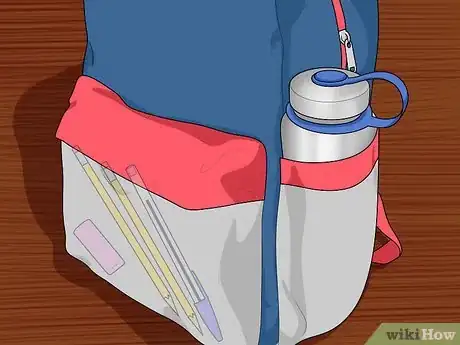

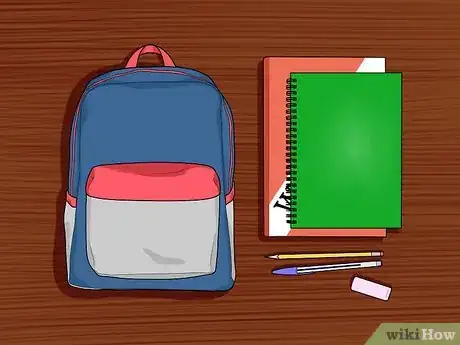
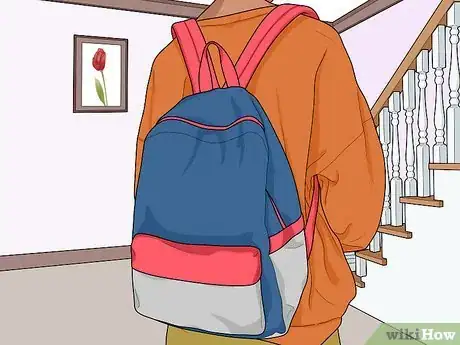
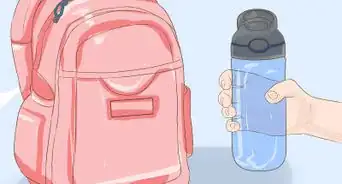
-Step-8.webp)
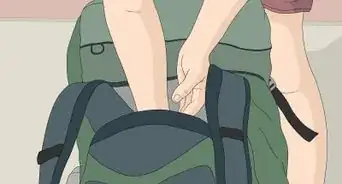

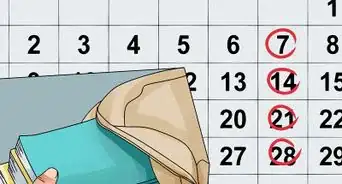




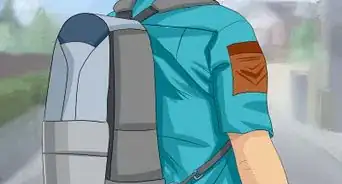
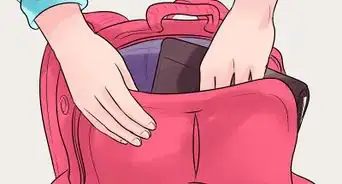
-Step-5.webp)
-Step-8.webp)






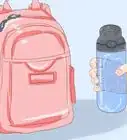
-Step-8.webp)




































